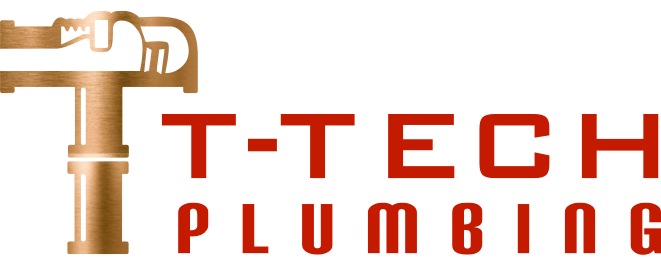Grease traps are essential components of any commercial kitchen’s plumbing system in Sydney & NSW. They prevent fats, oils, and grease (FOG) from entering the sewer system, which can cause blockages, backups, and environmental damage. This comprehensive guide provides valuable insights into grease trap installation for restaurants and commercial kitchens.
Why Grease Traps are Essential
- Prevent Sewer Blockages: FOG congeals as it cools, leading to clogs and backups in sewer lines. Grease traps capture these substances, preventing costly repairs and disruptions to your business.
- Environmental Protection: FOG can contaminate waterways, harming aquatic life and ecosystems. Grease traps help protect the environment by preventing these harmful substances from entering the sewer system.
- Compliance with Regulations: Sydney Water and local councils have strict regulations regarding FOG discharge. Installing a grease trap ensures your business complies with these regulations and avoids potential fines.
Types of Grease Traps
- Hydromechanical Grease Interceptors (HGI): These are the most common type, using baffles and gravity to separate FOG from wastewater.
- Gravity Grease Interceptors (GGI): These rely solely on gravity to separate FOG, making them suitable for smaller kitchens with lower FOG output.
- Automatic Grease Removal Units (GRU): These advanced systems automatically remove FOG, reducing the need for frequent manual cleaning.
Key Considerations for Grease Trap Installation
- Sizing: The size of the grease trap must be appropriate for your kitchen’s FOG output. Factors to consider include the type of food prepared, the number of meals served, and the size of your kitchen equipment.
- Location: Grease traps should be installed in an accessible location for easy maintenance and cleaning. They can be located indoors or outdoors, depending on the type and size of the trap.
- Plumbing Connections: Proper plumbing connections are crucial to ensure efficient operation and prevent leaks.
- Ventilation: Adequate ventilation is essential, especially for indoor installations, to prevent odors and ensure proper airflow.
- Local Regulations: Consult Sydney Water and your local council for specific regulations regarding grease trap installation and maintenance.
Installation Process
- Site Assessment: A qualified plumber will assess your site to determine the best location, size, and type of grease trap for your needs.
- Excavation (if necessary): For outdoor installations, excavation may be required to create a space for the grease trap.
- Plumbing Connections: The grease trap will be connected to your kitchen’s drainage system, ensuring proper flow and separation of FOG.
- Concrete Base (if necessary): A concrete base may be required to provide a stable foundation for the grease trap.
- Backfilling and Landscaping: The excavated area will be backfilled and landscaped to restore the surrounding area.
Maintenance
Regular maintenance is essential to ensure the efficient operation of your grease trap. This includes:
- Regular Cleaning: Grease traps need to be cleaned regularly by a licensed liquid waste contractor to prevent buildup and blockages.
- Inspections: Periodic inspections can identify potential issues early on and prevent costly repairs.
- Employee Training: Train your kitchen staff on proper grease disposal practices to minimize FOG entering the drainage system.
TTech Plumbing: Your Grease Trap Installation Experts
At TTech Plumbing, we specialize in the installation and maintenance of grease traps for commercial kitchens in Sydney & NSW. Our experienced plumbers can guide you through the process, ensuring compliance with regulations and providing efficient and reliable solutions.
Contact us today at 0450 848 991 to discuss your grease trap needs.
Keywords: grease trap installation Sydney, grease trap regulations, commercial kitchen plumbing, restaurant plumbing, plumber Sydney




